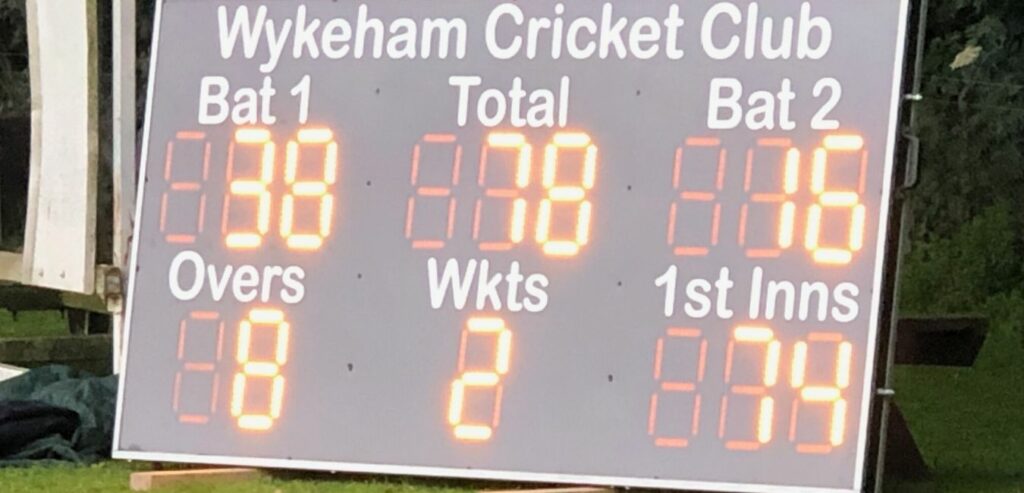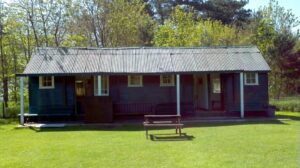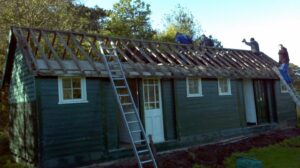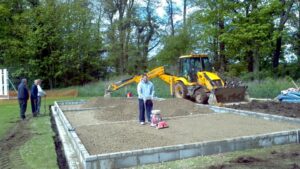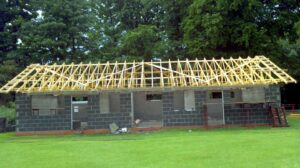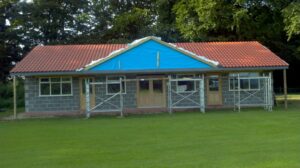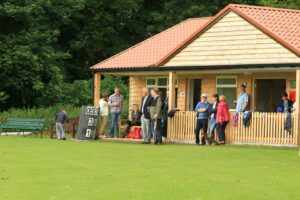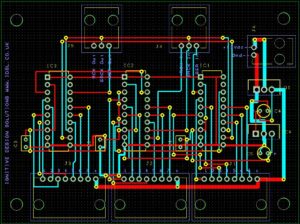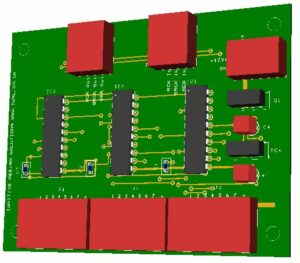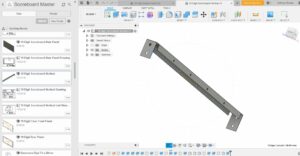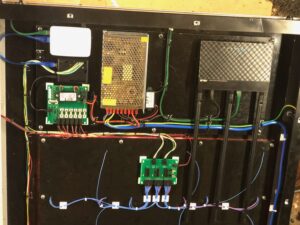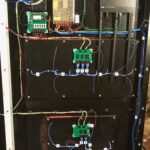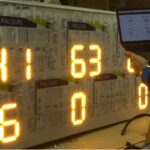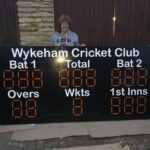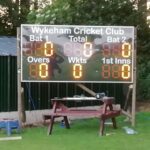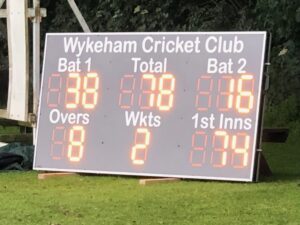One Hell of a Garage Project
Wykeham Cricket Club is the epitome of the English village cricket club. Just a few miles to the west of Scarborough, a quintessential ground in a serene setting, accessed via wrought iron gates hung from decorative sandstone pillars and shielded from the road by a semicircle of mature trees and with picturesque rural views and the Yorkshire Wolds to the south.
It’s not so many years ago, that the changing rooms and tea bar were housed in nothing more than a ‘shed’ in one corner of the field and outside toilets in another.
However quaint and nostalgic it was, for a club running 3 Saturday League teams, 2 Evening League teams and Junior teams in all age groups from U9 to U15, it was clear that we needed to modernise.
The work started in 2013 with the construction and opening of a new Pavilion in 2014, sporting changing rooms of a decent size and a tea room with cooking facilities. Still no electricity, but hey, the budget was spent.
One thing led to another, bringing electricity in to the pavilion was a priority, and so in 2016 a work party of hard working members dug 400m long trench to the nearest sub-station, cable was laid and the trench back filled, all in a day. A couple of weeks later and we had lights, and more importantly, were able to plug in a kettle and make a brew!
A new sightscreen followed, as did a fantastic net facility, covers and a second sightscreen.
During 2017 the first team scorer started to experiment with digital scoring. Originally on a tablet and more latterly on a PC, using the ECB supported Play Cricket Scorer software. But whilst we had gone high tech’, ok, we had progressed from a shed to a pavilion and now had electricity, the scoreboard was still a 4’ by 4’ piece of black painted plywood, propped up against the pavilion fence, with the scorers shouting ‘scoreboard please’ at the end of each over and rattling off numbers to an occasionally willing volunteer to update the numbers.
Scoring electronically whilst still competing a traditional score book and updating the scoreboard at the end of each over proved to be a lot to complete during a change of end, and with the ability of the scoring software to drive the scoreboard directly, the desire was clear, a scoreboard that could be directly driven from the scoring software, however the cost of purchasing a state of the art scoreboard was beyond our reach. No problem, we’ll design and build one ourselves was the response,—- so we did.
And then the hard work started, we needed to design and build both the electronics and the mechanics of the construction, write software code, source the materials from as far afield as Asia and the USA and as locally as just 3 miles from the club, and finally build the board itself.
With the main protagonist dragging up skills learnt 35 years ago as an Engineering Apprentice, a crash course in Computer Aided Design for both the electronics and the mechanics followed – YouTube really is a fantastic learning resource – and with some testing of the theories and a lot of head scratching, the actual build started in Feb 2019.
Setting up the communications and tuning the user interface was one of the bigger challenges. The objective being able to access the scoreboard from anywhere within the ground. The scoreboard communicates via its’s own internal WiFi network, and with the right components installed we found we could communicate directly with the board from over ½ a mile away. Box ticked.
The final twist was setting up to run directly from Play Cricket Scorer Pro (PCS Pro),thus achieving the original need of reducing the workload on the scorer whilst having a scoreboard that is always up to date.
Into the settings of PCS Pro we went, writing in the access data codes, and pointing the PCS Pro output file to the scoreboard input file, for the scoreboard driver software to decipher, finally sending the correct data to the digits, all in real time. It worked, – enter 4 runs in the scoring software against a batsman, and hey presto the runs appear on the board against the correct batsman, and are added to the total. When an over is ended, an over is automatically added, all with no further action required from the scorer. Having come from a piece of trusty plywood, it really did feel like magic.
So there you have it, a home made electronic scoreboard that is about as seamless in operation as you can get and for less than half the cost of buying one. Certainly a lot more fun, even if a couple of club members lost a little hair in the process.
